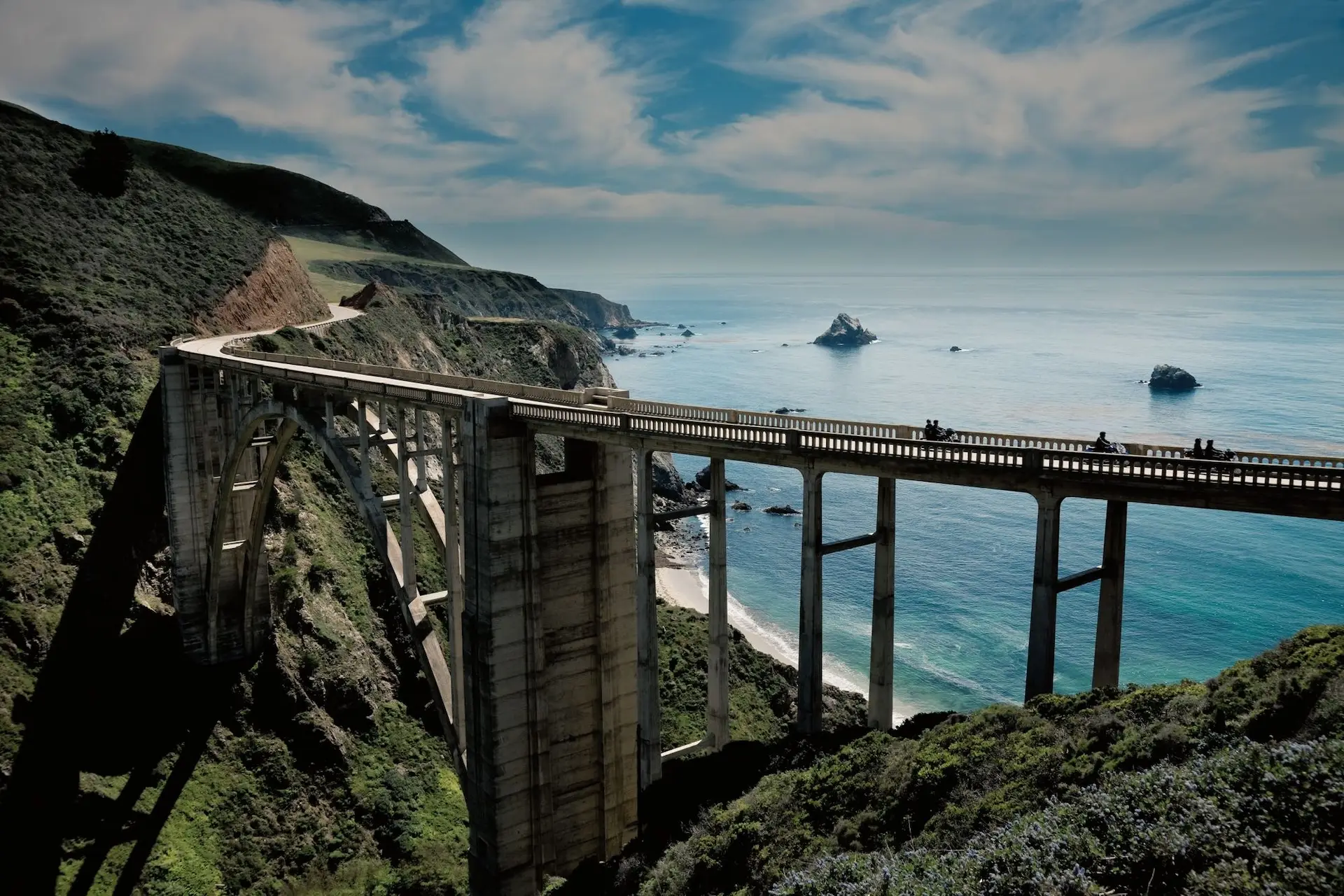Shooting outdoors? Here's what to keep in mind
Shooting outdoors presents fantastic opportunities for video producers but could also come with the problem of light.

Shooting outdoors presents fantastic opportunities for video producers. Shots with natural landscapes, urban environments and unique settings, enable beautiful cinematography.
But, with great opportunity comes great risk and considerations. Shooting outdoor almost always comes with the problem of light. Many cameras don’t have low light settings capable of compensating for mistakes. Or, they end up pulling in too much light. Today, we’re going to share tips and tricks to making the most of your outdoor shoots.
How to use the sun
The sun is your single biggest asset when shooting outdoors. When used effectively, the sun becomes THE standard that indoor studio lights wish they could achieve. Using the sun starts with understanding what you want your scene to look like.
- Sun at ‘Golden Hour’. You’ve likely heard of golden hour – it’s the time of the day where the sun is low in the sky and gives off a golden glow. There are two times of the day where you can get golden hour – nearing sunset, and just after sunrise. Golden hour is by far the best opportunity to shoot outdoors. No one time of day compares.
- Sun at 45-degrees behind your scene. When the sun is behind your subject, you generate a very euphoric and angelic type of lighting. This can be particularly good when you’re shooting a romance or an uplifting and positive scene.
- Sun at Midday. Midday sun presents some difficulties for filming as they cast vertical shadows on your subjects. That said, you can still enjoy midday light by taking advantage of cloud cover. While grey and overcast may not be ideal, a sky full of fluffy white clouds can act like a diffuser to balance out the light for beautiful shots all day long.
- Sun any time. Get creative and try different things. While you don’t have the control that you would with studio lights, you can do some interesting things at any time of the day. The key is to try things and see what works, so experiment ahead of time!
Shooting outdoors with ND filters
If you’re going to shoot outdoors you NEED to invest in Neutral Density (ND) Filters. ND filters give you better control over the exposure of your shot by limiting the amount of light that can access the sensor. Too often, people shooting outdoors have their images blown out by too much light. Trying to correct it in post helps a bit, but unfortunately looks no where near as good if they had used an ND filter. As a side benefit to ND Filters, they enable a slight motion blur, reduce the depth of field and allow you to use a wider aperture.
Don’t use auto-focus
When shooting outdoors, you should try to refrain from using auto-focus. Outdoor shooting presents a lot of different things that may register as focus points for your camera. Buildings, trees, graffiti, other people – it all can make for a frustrating shoot if your camera is constantly adjusting. Instead, aim to keep it in manual and adjust as needed!
Consider flags, reflectors, and silks
If you have someone to assist you on an outdoor video shoot, consider bringing along any kind of flag, reflector or silk. These portable items will help you better handle the lighting. A silk or flag can help your scene by diffusing some of the intense light. This helps create a softer look that doesn’t blow out the contrast. (Or aim to shoot during semi-cloudy days). A reflector can be used to help bounce some of the light onto a dark spot on your subject. They're a useful tool in any filmmakers arsenal - especially if shooting outdoors.
Pick the proper lens
One of the major benefits of shooting outdoors, is the variety of shots you can capture. You’re not limited to a basic set of standard lenses like you would be in a controlled indoor environment. Wide angles are especially nice when outdoors – so consider something like a 28mm. Then, for your closer shots, a 50mm will do.
Never use the built-in mic
Unless you’re vlogging on a handheld camera like a G7X, if your camera has a microphone input – USE IT! There are so many excellent, portable microphones these days that it’s inexcusable to rely on built-in mics. Rode’s VideoMic line perform very well, and will increase the sound quality of your outdoor videos. If you're stuck without one, seriously consider investing in one soon.

